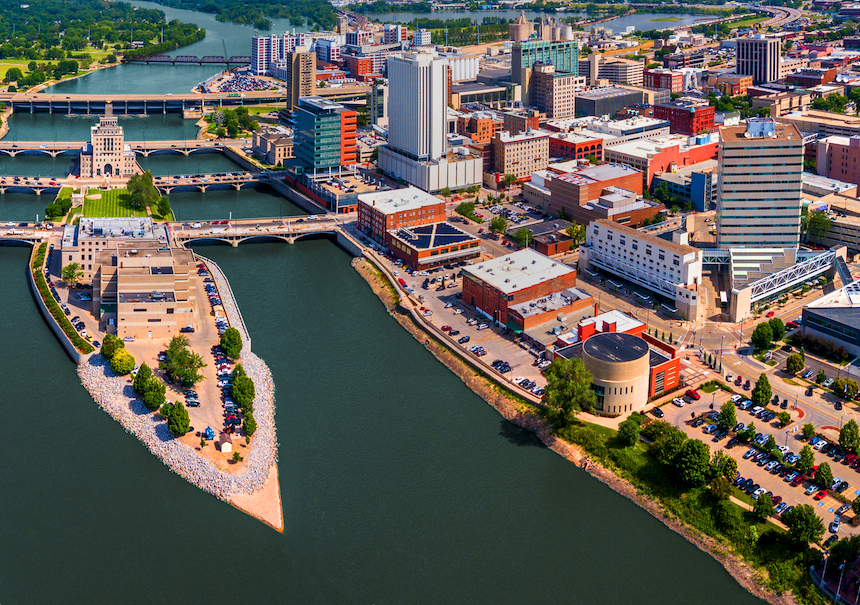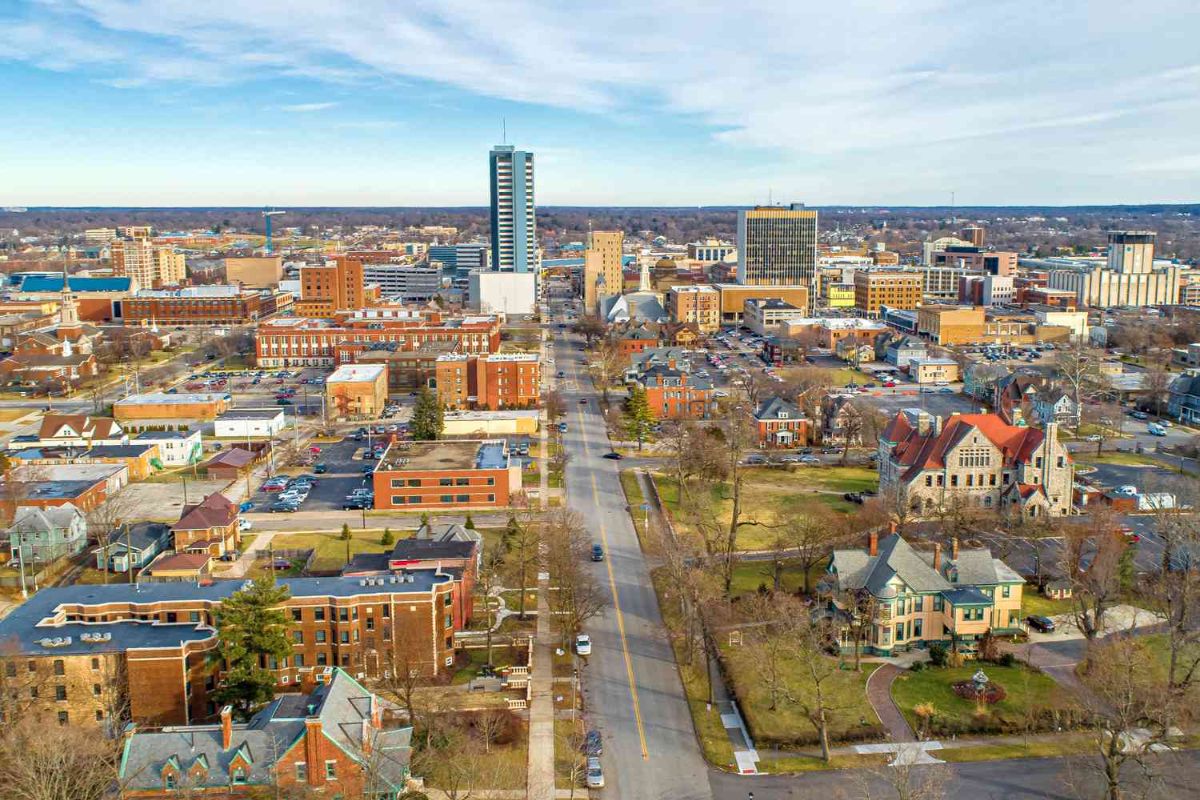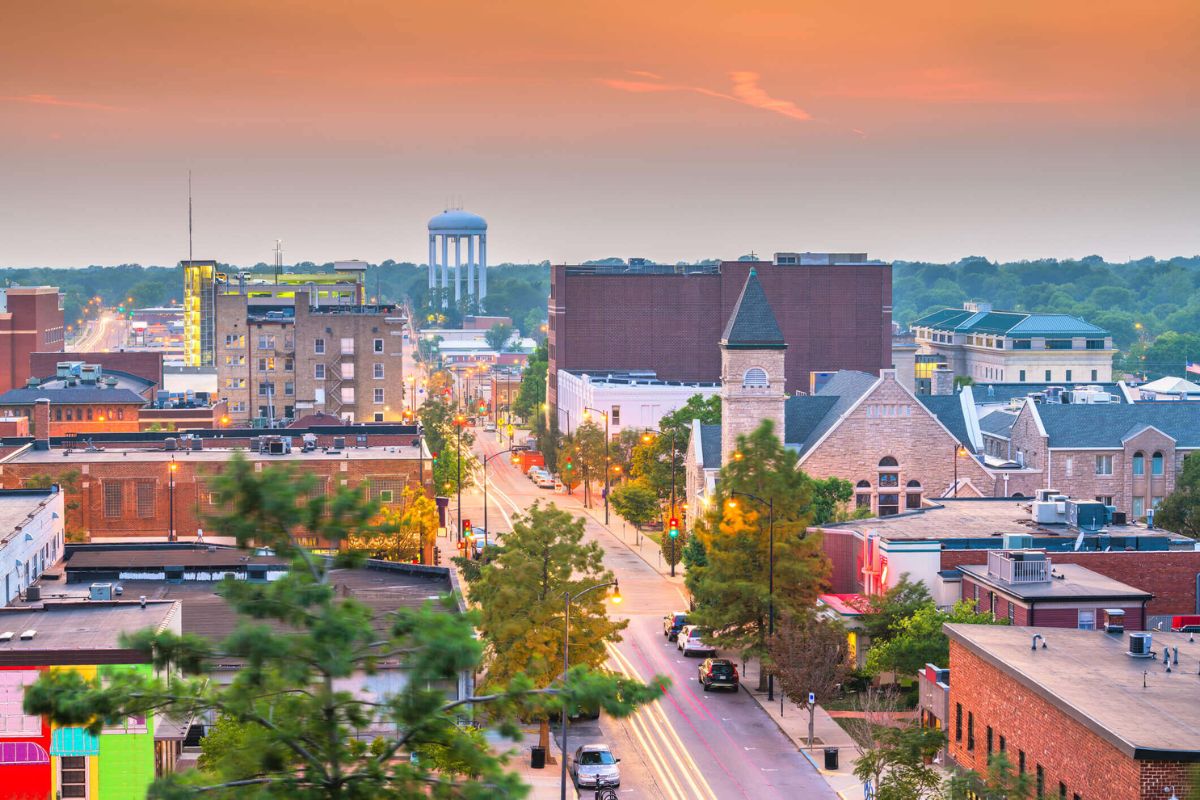With the real estate market experiencing ups and downs since the start of the pandemic, many buyers are wondering where they can find affordable housing over the next few years. Looking ahead to 2025, this article examines some of the cities that are expected to remain reasonably priced when it comes to purchasing a home. Factors like median home value, projected population growth, local job markets, and cost of living are considered. Here are some of the cheapest cities projected to be good options for house hunters in 2025.
Memphis, TN
Memphis has long been one of the most affordable major metro areas in the country for housing. With a current median home value of around $150,000 according to Zillow, Memphis is expected to remain relatively inexpensive over the next few years. With a generally low cost of living and no state income tax, Memphis offers buyers good value for their money.

Population growth is gradually increasing in Memphis as more people discover the affordability and quality of life it offers compared to pricier cities. Job opportunities are also expanding thanks to sectors like healthcare, logistics, and manufacturing. Major companies like FedEx, International Paper and Valero Energy have a significant presence in Memphis and its suburbs.
Analysts project that Memphis' median home value will rise modestly to around $175,000 by 2025, which would still put housing well within reach of average local incomes. Its combination of bargain home prices, job growth and low living expenses make Memphis one of the top picks for affordable homeownership nationally over the next few years.
Corpus Christi, TX
Situated along the Gulf Coast with access to both beaches and shallow bays, Corpus Christi has become an increasingly popular retirement and family location. The coastal city currently has a median home value of about $185,000.
Factors expected to keep Corpus Christi housing inventory reasonably priced through 2025 include a stable local economy focused around shipping, oil/gas, tourism and medicine. Population is growing locally yet more gradually than other major Texas metropolitan areas like Austin or Dallas-Fort Worth.
With ample land for new construction amid the population increases, analysts believe Corpus Christi will see only slight home value appreciation—likely topping out around $210,000 median by 2025. Energy sector activity and tourism should remain healthy economic drivers, supporting job availability and homeownership affordability in the city over the next few years. The balmy weather and low property taxes are added incentives for buyers seeking bang for their buck.
Read more: The Cheapest Cities to Live in California: Affordable Gems in the Golden State
Youngstown, OH
Located near the Pennsylvania border in Northeast Ohio, Youngstown represents one of the biggest housing bargains left in the Midwest region. Currently averaging under $80,000 median home value, Youngstown real estate remains deeply affordable thanks partly to the long-term effects of steel industry declines decades ago.

However, Youngstown is working to transition its economy through healthcare, higher education and technology. Major employers in the area consisting of organisations like Youngstown State University, Mercy Health and business incubator America Makes are helping fuel population stability.
Given already shockingly low prices and a strategy of bolstering new industries, Youngstown is expected to retain one of the lowest costs of living nationwide through 2025. Median home values are projected to increase just slightly to around $90,000—making the city an extremely cost-effective place to buy a house over the next few years.
Canton, OH
Northeast Ohio’s Canton area boasts an exceptionally reasonable median home value currently parked at roughly $115,000. Benefiting from proximity to consumer markets like Cleveland and Akron, healthcare is a steadily expanding sector alongside manufacturing in Canton.
The city aims to continue fostering job opportunities through initiatives like the Pro Football Hall of Fame Village—a mixed-use development expected to drive tourism and economic activity upon full build-out. Population declines that once plagued the industrial belt have tapered off across the broader metro region that incorporates several bedroom communities.
Strong fundamentals imply that while Canton home values will rise in the coming years, they are forecast to remain well below even statewide norms. An estimated median of $135,000 is projected for 2025—keeping the city one of the most property tax and income tax efficient residency choices Ohio has to offer. Significant renovated housing stock combined with livable affordability will attract buyers to Canton.
Read more: Top 8 Cheapest Places to Live in Rhode Island 2023
Cedar Rapids, IA
As eastern Iowa's largest city, Cedar Rapids holds an advantage over peers in amenities offered plus government and healthcare roles driving its job base. Situated along the Cedar River, recreation opportunities also abound including several public parks and trails.

The housing climate remains reasonable to this day with a $165,000 median home value range. Key factors sustaining value in Cedar Rapids are a balance between new construction and organic household growth tied to a diversifying economy focused on industries such as insurance, logistics and agriculture-related sectors.
With natural population increases projected amid economic stabilization following the 2008 flood, median property values are slated to gradually climb into the $185,000 to $195,000 range by 2025. Cedar Rapids presents compelling overall livability at near 90% of Iowa's average costs despite being the second largest metro area in the state.
Toledo, OH
As the fourth most populous city in Ohio, Toledo lies close to Michigan in the state's Northwest region and is nestled along Lake Erie. Median home values stay very competitive between $110,000 to $120,000 thanks to both new construction availability as well as older properties undergoing rehabilitation.
Although past decades saw job losses coinciding with heavy manufacturing changes, Toledo has managed to maintain a diversified base that now centers around healthcare, education, logistics and warehousing. Major organizations like ProMedica, the University of Toledo and Libbey Glass are helping to keep unemployment relatively low.
This steady trajectory has slowed population declines that previously plagued Toledo, raising hopes that strong fundamentals can carry home values up moderately, say 10-15% over the coming years. An estimated median around $130,000 in 2025 would represent solid home affordability measured against the city's overall low cost of living perks like lack of income tax.
Final Thoughts
As real estate trends evolve with economic cycles, cities like Memphis, Corpus Christi, Youngstown, Canton, Cedar Rapids and Toledo stand out as housing hotspots where average home prices are projected to stay under $200,000 by 2025. Factors like job availability, new construction, population growth rates and effective local leadership helping to diversify their economies give these metropolitan areas an edge for affordability. Homebuyers seeking an inexpensive place to settle down would do well to consider real estate opportunities developing within these cities over the next few years.





